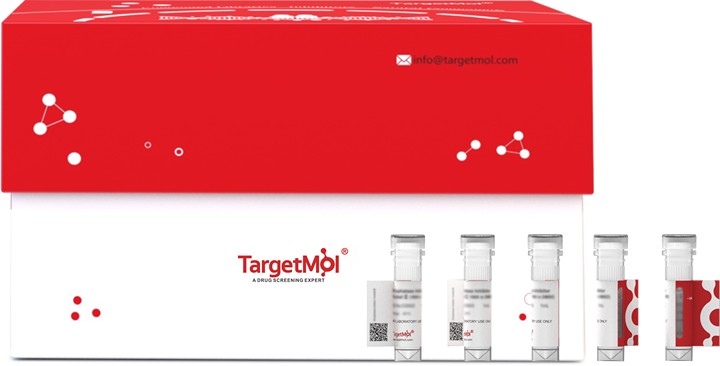Shopping Cart
- Remove All
 Your shopping cart is currently empty
Your shopping cart is currently empty

TrkB Protein, Human, Recombinant (His), Biotinylated is expressed in HEK293 Cells. The accession number is Q16620-2.

| Pack Size | Price | Availability | Quantity |
|---|---|---|---|
| 20 μg | $497 | Backorder | |
| 100 μg | $1,180 | Backorder |
| Biological Activity | Immobilized Recombinant Human/Mouse/Rat/Cynomolgus/Canine BDNF Protein at 2 μg/mL (100 μL/well) can bind TrkB Protein, Human, Recombinant (His), Biotinylated (Cat#TMPY-06997), the EC50 is 10-30 ng/mL. |
| Description | TrkB Protein, Human, Recombinant (His), Biotinylated is expressed in HEK293 Cells. The accession number is Q16620-2. |
| Species | Human |
| Expression System | HEK293 Cells |
| Tag | C-His |
| Accession Number | Q16620-2 |
| Synonyms | trk-B,TRKB,OBHD,GP145-TrkB,EIEE58,DEE58 |
| Construction | A DNA sequence encoding the extracellular domain (Met1-His430) of human TrkB / NTRK2 (NP_001007098.1) precursor was expressed with a C-terminal polyhistidine tag. The purified protein was biotinylated in vitro. |
| Protein Purity | ≥ 95% as determined by SDS-PAGE. |
| Molecular Weight | 45.66 kDa (predicted); 65.4 kDa (reducing contition, due to glycosylation) |
| Endotoxin | < 1.0 EU per μg protein as determined by the LAL method. |
| Formulation | Lyophilized from sterile PBS, pH 7.4. Please contact us for any concerns or special requirements. Normally 5 % - 8 % trehalose, mannitol and 0.01% Tween 80 are added as protectants before lyophilization. Please refer to the specific buffer information in the hardcopy of datasheet or the lot-specific COA. |
| Reconstitution | Please refer to the lot-specific COA. |
| Stability & Storage | It is recommended to store recombinant proteins at -20°C to -80°C for future use. Lyophilized powders can be stably stored for over 12 months, while liquid products can be stored for 6-12 months at -80°C. For reconstituted protein solutions, the solution can be stored at -20°C to -80°C for at least 3 months. Please avoid multiple freeze-thaw cycles and store products in aliquots. |
| Shipping | In general, Lyophilized powders are shipping with blue ice. |
| Research Background | TrkB receptor also known as TrkB tyrosine kinase or BDNF/NT-3 growth factors receptor or neurotrophic tyrosine kinase, receptor, type 2 (NTRK2) is a single transmembrane catalytic receptor with intracellular tyrosine kinase activity. TrkB/NTRK2 is a member of the neurotrophic tyrosine receptor kinase (NTRK) family. TrkB tyrosine kinase (TrkB) or NTRK2 is coupled to the Ras, Cdc42/Rac/RhoG, MAPK, PI3-K, and PLCgamma signaling pathways. There are four members of the Trk family; TrkA, TrkB, and TrkC and a related p75NTR receptor. Each family member binds different neurotrophins with varying affinities. TrkB/NTRK has the highest affinity for brain-derived neurotrophic factor (BDNF) and is involved in neuronal plasticity, long-term potentiation, and apoptosis of CNS neurons. Other neurotrophins includenerve growth factor(NGF), neurotrophin-3 and neurotrophin-4. TrkB/NTRK is a membrane-bound receptor that, upon neurotrophin binding, phosphorylates itself and members of the MAPK pathway. Signaling through this kinase leads to cell differentiation. Mutations in TrkB/NTRK have been associated with obesity and mood disorders.Cancer ImmunotherapyImmune CheckpointImmunotherapyTargeted Therapy |

Copyright © 2015-2025 TargetMol Chemicals Inc. All Rights Reserved.